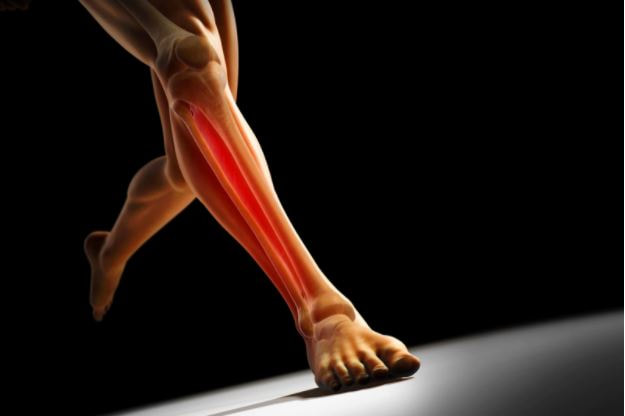If so, it’s possible that you were experiencing an overuse injury.
In physiotherapy, we use the term “overuse injury” to talk about injuries that occur due to repetitive use of a certain structure or body part over time, rather than an injury that occurs from one single incident (like an ankle sprain from a fall, for example). When a structure experiences repetitive stress without getting adequate rest or without having an appropriate amount of time to get accustomed to a new activity, it can become irritated or even damaged.
- Stiffness
- Swelling or inflammation
- Weakness
- Numbness
- Dull, achy pain
Some different structures that can experience overuse injuries and some examples of each are:
- Muscles: for example, piriformis syndrome can be caused by overuse and subsequent swelling of the piriformis muscle, which leads to pain in the buttock. In some instances, it can also impact the adjacent sciatic nerve causing pain down into the leg.
- Tendons: for example, lateral epicondylitis (tennis elbow) occurs when the tendons in the elbow become irritated due to repetitive motions of the wrist and arm.
- Bones: for example, tibial stress fractures, which are small cracks in the shin bone, are typically caused by repetitive impact, such as running long distances.
- Proper alignment: When starting a new activity, make sure you are in a comfortable position and using proper body mechanics during your movement- this means that you should be ensuring your body is in the right position for the movement that you are doing, to avoid putting unnecessary strain on one particular structure.
- Gradually increase activity: When starting a new activity, or when increasing time spent doing a particular activity, make sure your increase is gradual. This way, your body has time to become accustomed to the movements you are asking it to perform.
- Use proper equipment: This could mean making sure that your running shoes fit properly and are not worn out. Or, it could mean using a support such as a brace if you know that you cannot avoid the activity.
For example: it would be ideal if you could slowly increase the distance you are walking, but if your work requires you to walk a long distance for a particular event and you do not have time to gradually increase your activity, using a support may help you avoid an overuse injury in this situation.
- Rest!: Overuse injuries happen because of repetitive strain to a structure without rest and proper recovery time. Giving your body time to properly rest will allow it to recover from the activity in which you are participating. It is much easier to take a rest day here or there, rather than to have to take a period of time away from that activity because you have overdone it and injured yourself.
- Reduce activity: Take a break from the activity that caused your overuse injury. If you are able to, it may be necessary for you to reduce other activities as well to avoid placing more strain on the injured structures.
- Protect the area: You may need to use a brace or a splint to avoid adding strain to the injured structure.
- Stretching: Gentle stretches may help with certain types of overuse injuries.
For example, stretching can help with shin splints- an injury common in runners who are increasing their distance or time spent running. Stretches should always feel comfortable and never painful. - Seek help from a physiotherapist: A physiotherapist can diagnose and treat your overuse injury, as well as give you information on how to avoid another one from happening when you get back to your activities!
If you think you have an overuse injury, please feel free to contact the clinic and we would love to determine what treatment plan you should follow to get you back to doing the things you love!






 RSS Feed
RSS Feed